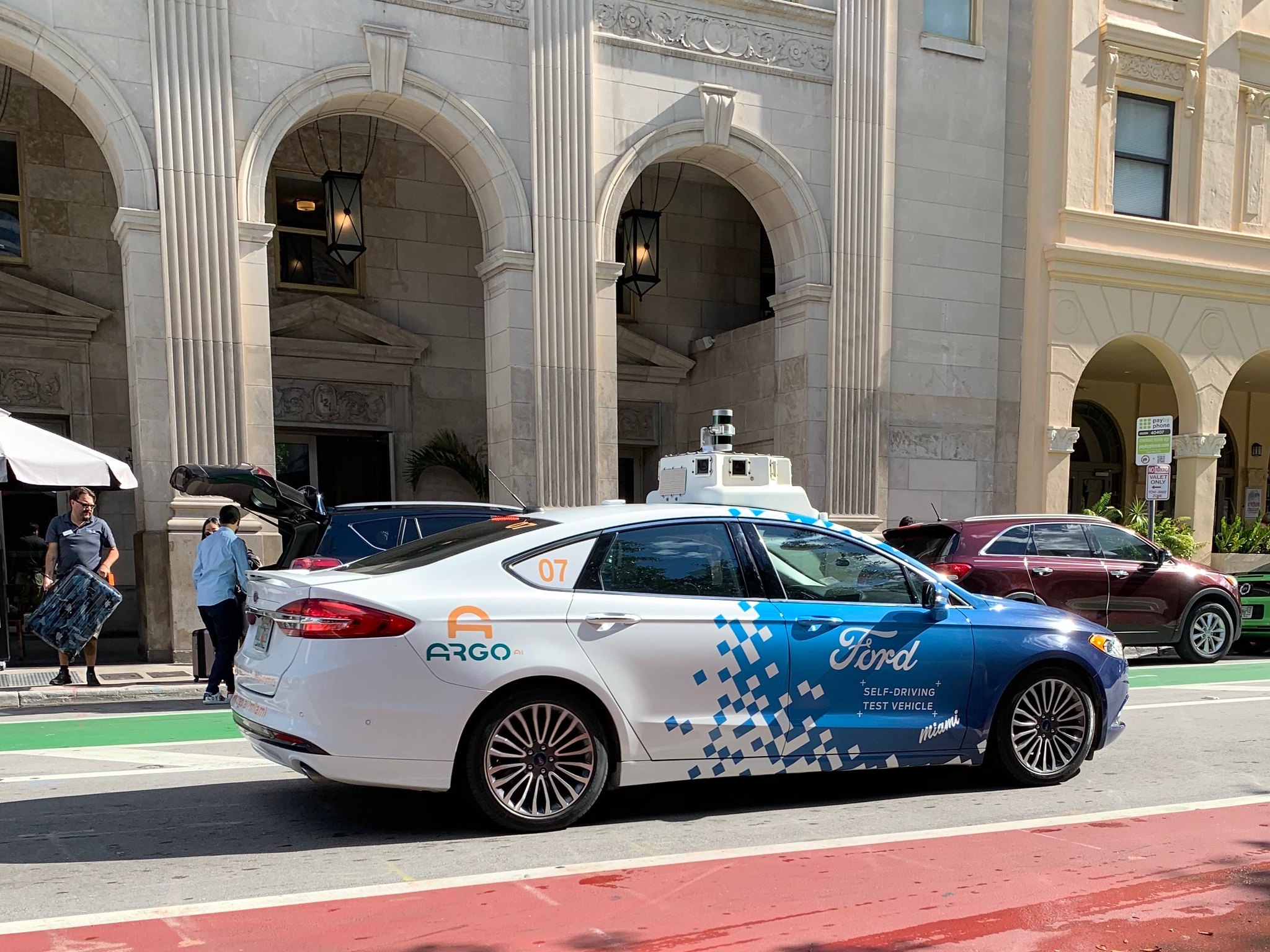The New York Times has now turned loose writers at two of its economics blogs to make weak arguments against the construction of high-speed rail lines.
 Eric Morris of UCLA's Institute of Transportation Studies (Photo: ericandrewmorris.com)
Eric Morris of UCLA's Institute of Transportation Studies (Photo: ericandrewmorris.com)I have been following Ed Glaeser's attempt to do a back-of-the-envelope assessment of the costs and benefits of a hypothetical rail line (catch up here and here). Now, Freakonomics' Eric Morris seems to want to get in on the act, via a lame post comparing the effects of high-speed rail with the fruits of "cash for clunkers."
Let me just begin by pointing out how utterly ridiculous this comparison is. The Obama administration's vision for high-speed rail essentially involves a multi-decade effort to significantly upgrade transportation infrastructure along several of the country's most economically important metropolitan corridors.
"Cash for clunkers," on the other hand, is a $3 billion, roughly two-month program of automobile purchase incentives.
Given this, it's hard to know what Morris is aiming to prove. That "cash for clunkers" makes for a better short-term stimulus? Okay, I'll accept that; high-speed rail is not going to provide much of an economic boost over the next 18 months.
On the other hand, the Kansas City Fed is warning that unemployment might not get below 6 percent again until 2018. If we're looking at a decade's worth of slack in the labor force, which is likely to be a better salve -- a major infrastructure investment program, or ten years' worth of "cash for clunkers"?
Over a longer time frame, the comparison between the policies ceases to be of much use. They're not remotely designed to do the same things. So instead, let's just talk about what each means for the environment.
On high-speed rail, Morris primarily refers to Glaeser's earlier post. That post shows emission savings from rail, despite Glaeser's improperly conservative analysis.
Morris then links to an earlier post of his, which he believes shows that rail isn't green if construction costs are taken into account. But that conclusion only makes sense if you assume that where future infrastructure investment is concerned, it's rail or nothing.
That doesn't describe reality, however. If rail lines aren't built, then some form of new capacity will be constructed to address rapid growth in congestion costs. And if you compare life-cycle emissions for rail to those for automobiles and planes, rail is far greener. I suggest Morris have a look at this paper and focus very intently on Figure 1.
Meanwhile, if we're thinking about life-cycle emissions, let's weigh the impact of replacing perfectly good used automobiles with brand new ones, fresh off the assembly lines -- fuel efficiencies aside.
Morris wraps up these arguments with this stunning phrase:
Because of ... the considerable amount of timethe HSR program will need to gear up, HSR’s greenhouse savings will notbe felt for years or, perhaps, decades.
I'm led by this to believe that Morris does not actually understand how global warming works -- that it is due to the slow accumulation of greenhouse gases in the atmosphere over time. The only way we'll ever feel any greenhouse savings from any policy is over a considerable amount of time, which is why wonks discuss carbon reductions in terms of what we might be able to accomplish by 2020 or 2050.
Does Morris think that next year will be cooler thanks to "cash for clunkers"? I certainly hope not.
He then goes on to sing the car program's praises. I have previously commented on this, and I'll summarize the view a sensible person should take toward the program.
It is very difficult to know what gains can be attributable to the incentives, as some boost in sales and efficiencies would have happened in any case.
Morris boasts that the mileage of new cars purchased under the plan is significantly better than that for the vehicles being traded in. But that would almost certainly be true in the absence of the program!
Most of the vehicles being traded in were purchased at a time when the real oil price was anywhere from one-half to one-quarter of its current level. And new purchases are likely being made with last year's oil price spike firmly in mind. With or without "cash for clunkers," there would be a mileage improvement, simply based on the reaction to changes in the market price of fuel.
And a rigorous analysis of the program suggests that the emissions reductions from "cash for clunkers" are not at all cheap. A recent paper from the University of California - Davis pegged the implied carbon cost of the policy, in a best-case scenario, at $237 per ton of carbon, with $365 per ton a more reasonable figure.
Morris trumpets the fact that cash for clunkers will pay for itself, noting: "The average customer
will reap an estimated $700 to $1,000 dollars per year in reduced fuel
costs." But again, this suggests that the program was hardly necessary, since consumers stood to gain from improving efficiency in any case.
Or consider other alternatives. An increase in the gas tax would have immediately paid for itself, being a revenue-raising measure. It also would have encouraged households to increase efficiencies wherever possible, including through the purchase of highly efficient used cars, or through a switch to transit, cycling, or walking -- much cheaper and greener options over the long term.
That would be a hard sell politically, of course ... but that's because it doesn't amount to a massive giveaway to automakers.
Morris then seeks to compare "cash for clunkers" favorably to rail by referencing Amtrak:
Capital costs per rider are dauntingly high: see Glaeser’s post on the direct benefits and costs of HSR here. The system may not even reap an operating profit: Amtrak requires a subsidy of $2.6 billion/year.
I have already addressed Glaeser's faulty numbers here. I'll add that on the one corridor Amtrak runs that resembles true high-speed rail -- the Northeastern Corridor between Boston and Washington -- Amtrak runs an operating profit.
There is a sense in which my criticisms are unfair. These are blog posts, after all. No sensible person would pretend that complex infrastructure investment decisions, which must take into account changes in many different variables over the course of decades, can be adequately analyzed in the space of a blog post or two, or four.
And I would gladly extend to Morris and Glaeser the benefit of the doubt if they were at all careful to point out that their analyses are too simplistic to offer much beyond a list of questions that should be asked of any future, comprehensive analysis.
But they're not. This exercise is, as best I can tell, an effort to show that investments in high-speed rail are not worthwhile, from an economic or environmental standpoint, based on extremely pared down models and faulty assumptions, with the goal of influencing how their readers view the high-speed rail initiative.
It's simply irresponsible. Times readers deserve to be better informed.





